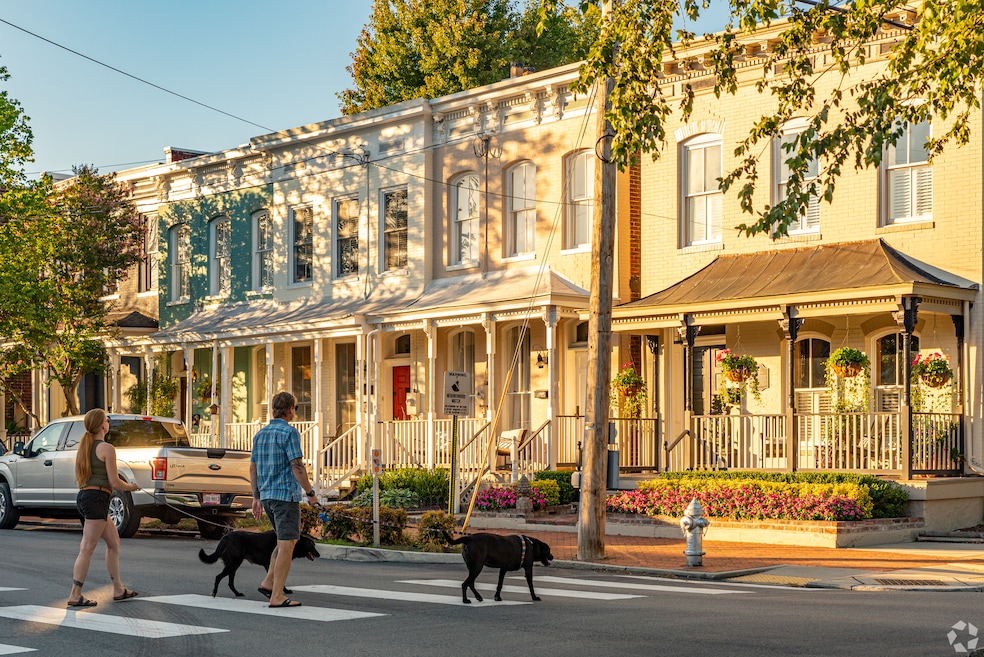While more homes are coming up for sale in and around Virginia’s state capital, it hasn’t been enough to meet strong demand from buyers in this relatively affordable region.
The most recent market data from the Richmond Association of Realtors shows that the supply of single-family houses for sale rose to almost 1,500, up nearly 6% in June from one year earlier. But buyers snapped up those homes quickly as sales climbed above 11% to more than 1,100 transactions.
The market for condos and townhouses was even more robust, with a 35% increase in inventory and a 38% jump in sales from June 2024.
“Buyers in Richmond must contend with stubbornly high interest rates, continued price appreciation and limited inventory,” said Nick Leverett, a Homes.com market analyst. “Despite those challenges, sales activity in Richmond was brisk.”
The region, including the city and surrounding Hanover, Henrico and Chesterfield counties, maintained the same 1.7-month inventory of single-family homes as a year ago, while there were enough condos and townhouses for sale to meet demand for the next 2.8 months. A market balanced between buyers and sellers would provide at least four months’ supply, Laura Lafayette, CEO of the Richmond Association of Realtors, told Homes.com.
The single-family median sales price across the region of $461,000 increased modestly in June by 2.5%, while condos and townhouses were up 0.7%.
“We continue to see demand outstrip supply, and as long as we have that dynamic, you’re going to see upward pressure on prices,” Lafayette said. “To buyers coming from outside the region, it still looks more affordable than the place they’re leaving. They have a lot more buying power than the people with Richmond wages.”
Over the past five years, the city itself has seen prices rise much faster than in the suburban counties, she said. The share of homes selling for under $500,000 fell in the city by 24%, while sales over $700,000 rose 14%.
These figures show why Richmond needs to create more housing in the city’s existing neighborhoods, Lafayette said, to try to meet the demand. The city is currently engaged in a process to reform its zoning rules on what kinds of homes can be built, and where. Proponents of reform want to see more small multifamily residential buildings in historically single-family and commercial areas.
“We’ve been trying to make the case to the city for why we need more infill housing, and at lower price points,” she said. “The community supports it conceptually, but when it comes to their neighborhood, that doesn’t always result in actual support.”


